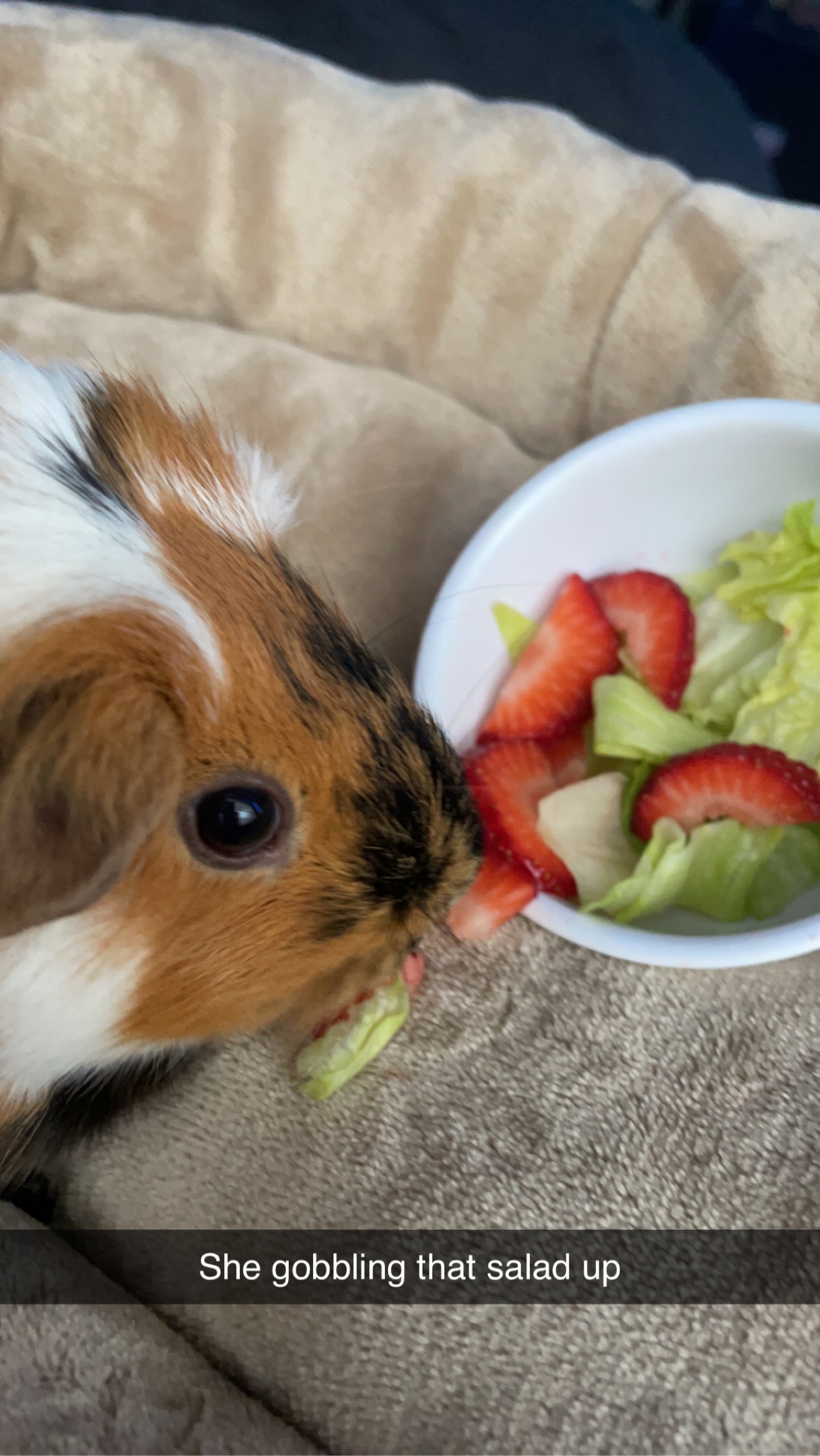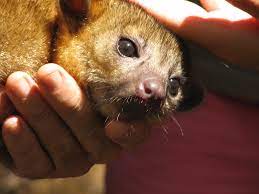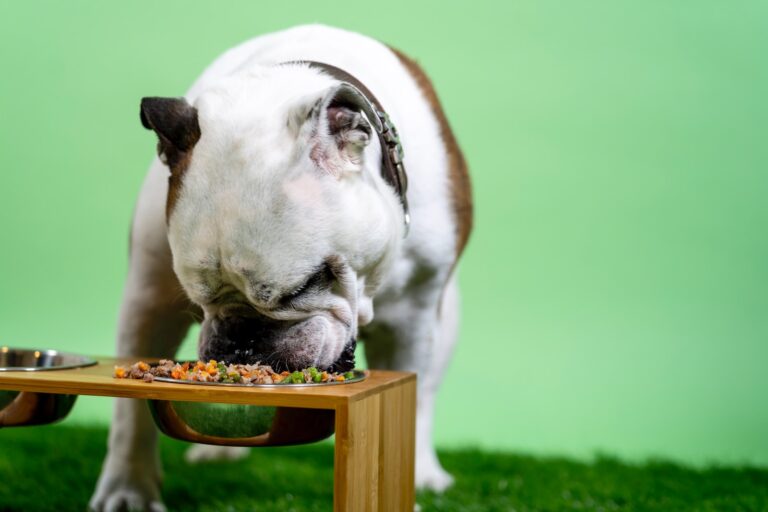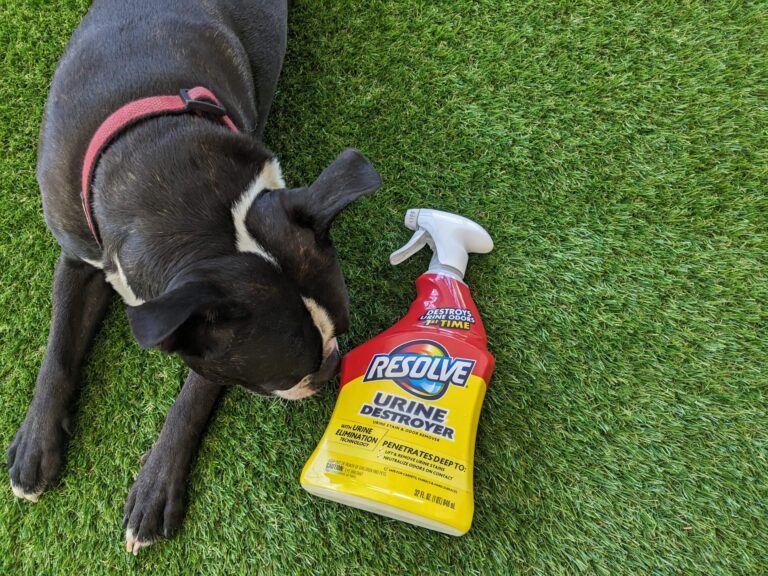Can Guinea Pig Eat Strawberries and Lettuce

Yes, guinea pigs can eat strawberries and lettuce, but it’s essential to feed them in moderation and take some precautions.
A Guinea pig’s diet is a critical component of their overall health and well-being. To ensure they thrive, it’s important to consider several key factors in their dietary care:
1. Hay as the Foundation: The majority of a Guinea pig’s diet should consist of fresh, high-quality hay, such as Timothy hay or other grass hays. Hay provides essential fiber for proper digestion and helps maintain dental health through natural chewing.
2. Fresh Vegetables: Daily servings of fresh vegetables are essential. Leafy greens like romaine lettuce, kale, spinach, and cilantro are great choices, as are bell peppers, cucumber, and carrots. These veggies offer vital vitamins and minerals.
3. Limited Pellets: Guinea pig pellets should be included but in moderation. Choose high-quality, plain pellets without added sugars or artificial additives, and adhere to recommended portion sizes to prevent obesity.
4. Fresh Water: Ensure access to clean, fresh water at all times, using a sipper bottle or tip-proof dish to prevent spills and contamination.
5. Avoid High-Calorie Foods: Guinea pigs are prone to obesity, so avoid high-calorie treats, sugary fruits, or starchy vegetables like potatoes.
6. Vitamin C: Guinea pigs lack the ability to produce their own Vitamin C, so incorporate fresh vegetables rich in this nutrient, such as bell peppers, kale, and broccoli, into their diet. Under veterinary guidance, commercial Vitamin C supplements can be considered if needed.
7. Fresh and Clean Food: Offer fresh vegetables, remove uneaten portions daily, and clean food dishes regularly to prevent spoilage and contamination.
8. Variety: To ensure a well-rounded diet, provide a variety of vegetables, which not only offer essential nutrients but also keep mealtime interesting.
9. Treats in Moderation: Occasional treats like small fruit pieces or commercial Guinea pig treats can be given as rewards but should be limited to prevent overindulgence.
10. Dental Health: Guinea pigs’ teeth continuously grow, so provide chew toys, untreated wooden blocks, and plenty of hay to aid in natural teeth wear.
11. Fresh Grass: If available, secure outdoor grazing on fresh, pesticide-free grass can be enjoyable for Guinea pigs. Ensure the environment is safe from hazards and predators.
12. Consult a Vet: For personalized dietary guidance and health concerns, consult a veterinarian with expertise in small exotic pets.
Always introduce new foods gradually to prevent digestive issues, as Guinea pigs have sensitive digestive systems. Providing a balanced, varied diet, along with love and attention, is fundamental in ensuring your Guinea pig’s happy and healthy life.
So what about Strawberries? Guinea pigs can enjoy strawberries as an occasional treat due to their natural sugar content. The high sugar levels mean they should be given in small quantities, like a small slice or a couple of small pieces at a time. Too many strawberries can lead to digestive upset and other health issues, so make sure to offer them as an occasional treat rather than a regular part of their diet.
Lettuce: Lettuce is safe for guinea pigs to eat, but not all types of lettuce are suitable. Iceberg lettuce, in particular, has a high water content and lacks nutritional value, so it’s best to avoid feeding it to guinea pigs. Instead, opt for leafy greens like romaine lettuce, green leaf lettuce, or red leaf lettuce. These varieties are more nutritious and can be included as part of their regular vegetable intake.
Introducing new foods to your beloved guinea pig’s diet is an exciting endeavor, but it’s crucial to approach it with care and caution. Guinea pigs have delicate digestive systems, and sudden dietary changes can lead to upset stomachs and discomfort. To ensure a smooth transition, always introduce new foods gradually. Start by offering a small portion of the new item and observe how your guinea pig reacts. If they tolerate it well without any adverse effects, you can gradually increase the amount over time.
When preparing fresh fruits and vegetables for your guinea pig, thorough washing is a non-negotiable step. Rinse them meticulously under running water to remove any dirt, pesticides, or residues that might be present. This extra precaution helps maintain your guinea pig’s health by ensuring they ingest clean and uncontaminated foods.
Furthermore, when offering fruits and vegetables, it’s important to take additional safety measures. Remove any seeds, pits, or tough stems that may pose a choking hazard to your guinea pig. These parts can be difficult for them to digest and may lead to digestive problems if ingested.
While it’s tempting to share every delightful fruit and veggie you have in your kitchen, it’s essential to remember the core components of your guinea pig’s diet. The primary staples for their nutrition are high-quality hay, fresh water, and specially formulated guinea pig pellets. These items provide essential nutrients, fiber, and vitamins that are crucial for their well-being. Fresh fruits and vegetables should be viewed as delightful treats or occasional supplements to their main diet rather than a primary source of nutrition.
If you’re ever unsure about the suitability of a particular food for your guinea pig, consult with a veterinarian who is experienced in small animal care to ensure the best possible diet for your furry friend.







